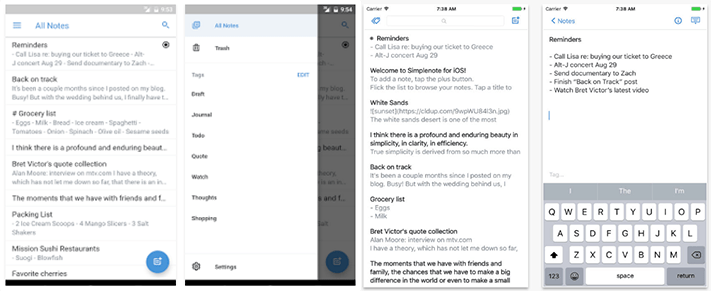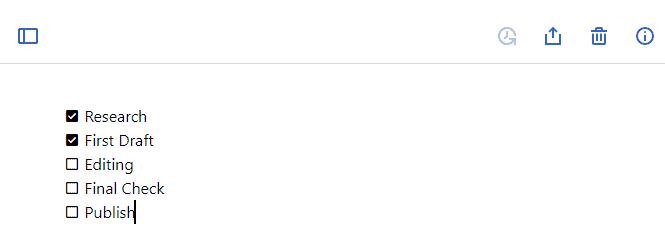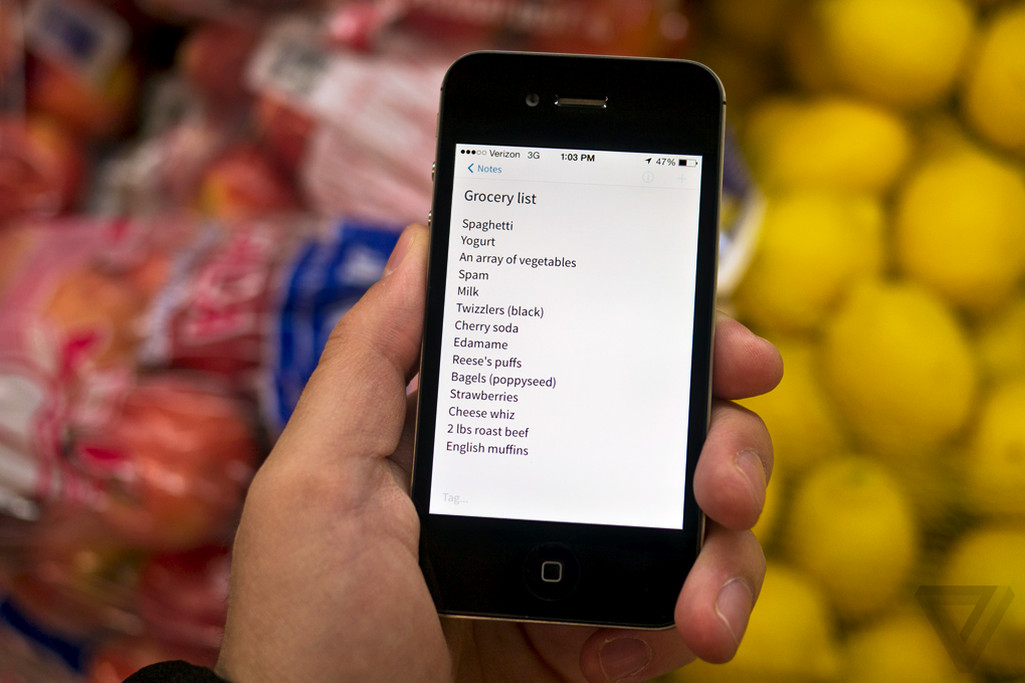

Simplenote supports all basic Markdown formatting, which should be more than enough for your purposes. You can make them more visually appealing, and easier to read, by formatting them using Markdown. Lists and outlines in plain text are serviceable but they’re also a bit ugly. Indent any children of that item using three spaces. Each top-level item in the list - for example, a heading or a chapter title - is a bullet. That technique involves using a nested bullet list. The technique that I use to create an outline in Simplenote is influenced by the way I creates outlines in Emacs org-mode. If you want to add related item below an item in the list, indent them using three spaces.Īn outline can be quite useful if you’re writing or planning something.

You can create and work with a checklist in the same way. When you complete an item in your list, replace the underscore with an x. As I usually do, I recommend adding only three to four items to a to-do list.

Then, add the items that you want to include in the list. However, you should put an underscore between the brackets since a space doesn’t always render properly. The key is to use a pair of square brackets to simulate a checkbox. The way I do that in Simplenote is the same for both to-do lists and checklists. So what can you do? Simplenote is a very effective tool for creating and managing to-do lists and checklists, and for creating outlines. You can easily go beyond simply taking notes with it. They don’t seem to understand that not all tools are suited to everyone.Īlthough it is basic and plain text, Simplenote is very flexible. I know a number of people who pooh-pooh Simplenote because it’s too basic or doesn’t have enough functionality. Creating To-Do Lists, Checklists, and Outlines Using Simplenote The Plain Text ProjectĬreating To-Do Lists, Checklists, and Outlines Using Simplenote


 0 kommentar(er)
0 kommentar(er)
